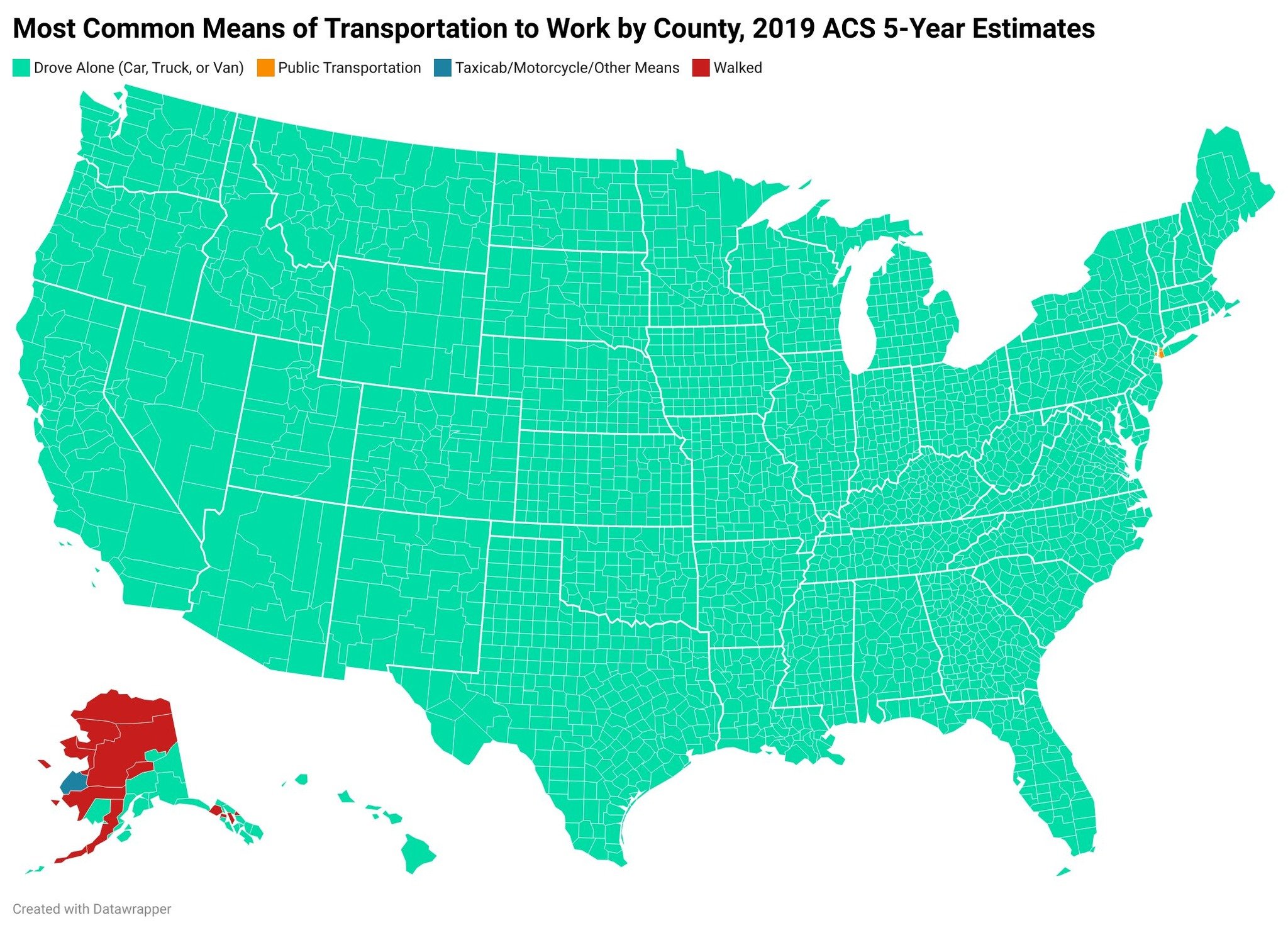Fuck Cars
A place to discuss problems of car centric infrastructure or how it hurts us all. Let's explore the bad world of Cars!
Rules
1. Be Civil
You may not agree on ideas, but please do not be needlessly rude or insulting to other people in this community.
2. No hate speech
Don't discriminate or disparage people on the basis of sex, gender, race, ethnicity, nationality, religion, or sexuality.
3. Don't harass people
Don't follow people you disagree with into multiple threads or into PMs to insult, disparage, or otherwise attack them. And certainly don't doxx any non-public figures.
4. Stay on topic
This community is about cars, their externalities in society, car-dependency, and solutions to these.
5. No reposts
Do not repost content that has already been posted in this community.
Moderator discretion will be used to judge reports with regard to the above rules.
Posting Guidelines
In the absence of a flair system on lemmy yet, let’s try to make it easier to scan through posts by type in here by using tags:
- [meta] for discussions/suggestions about this community itself
- [article] for news articles
- [blog] for any blog-style content
- [video] for video resources
- [academic] for academic studies and sources
- [discussion] for text post questions, rants, and/or discussions
- [meme] for memes
- [image] for any non-meme images
- [misc] for anything that doesn’t fall cleanly into any of the other categories
Recommended communities:
view the rest of the comments

See there are some problems here.
I can't get to my doctor, or dentist, or grocery store, or pharmacy, or bowling alley, or friend's house, or closest pond, or my parents, or the airport without driving to each of those places.
The only way this gets solved is if there is a huge network of buses going to every neighborhood at tight intervals then each business Park and public attraction, etc at tight intervals. In a town of what 150k-200k?
Outside of metro areas, this doesn't work. At all.
This is because a lot of well-built towns (or cities) have been bulldozed and rebuilt for cars instead of people. Or some built directly with only cars in mind (I wonder if car and oil companies had a role in this..., they did). This is why one of the key points (maybe the first step and the most important one) is to allow, invest in and develop better urban areas: allow two or more stories buildings, so not only areas are denser, thus it makes sense to serve them with transit, but also your doctor is allowed to have their office there; so your dentist; so are stores and pharmacies (that can only thrive in an environment where people live, not a suburban sprawl of cars and megastores). Cities built like this always have fast and efficient transit to the airports, to recreational areas (parks and your pond) and most likely to your parents.
Banning cars where you are FORCED to use a car to do anything doesn't make sense. Building fake "bike-lanes" that lead to nowhere in zero-density areas with no point of interest (a store, your doctor, a station...) also doesn't make sense.
What you can and should do is advocate for the abolishment of outdated zoning laws and the proposal of new transit projects. Change in those areas takes the most because it's like starting to cultivate strawberries on a desert.
It can work well though. My city of about 60k is a great example.
As someone in a neighborhood of single family homes, I have frequent buses stopping at my corner. However I frequently walk to the town center, to see a movie, enjoy a restaurant, etc.
Yes, transit can work well in medium and even small towns, depending non how they’re set up and run
Buses can go all of those places. A system of regional light rails in buses would probably work. Urban sprawl makes it difficult.
If they had the funding.